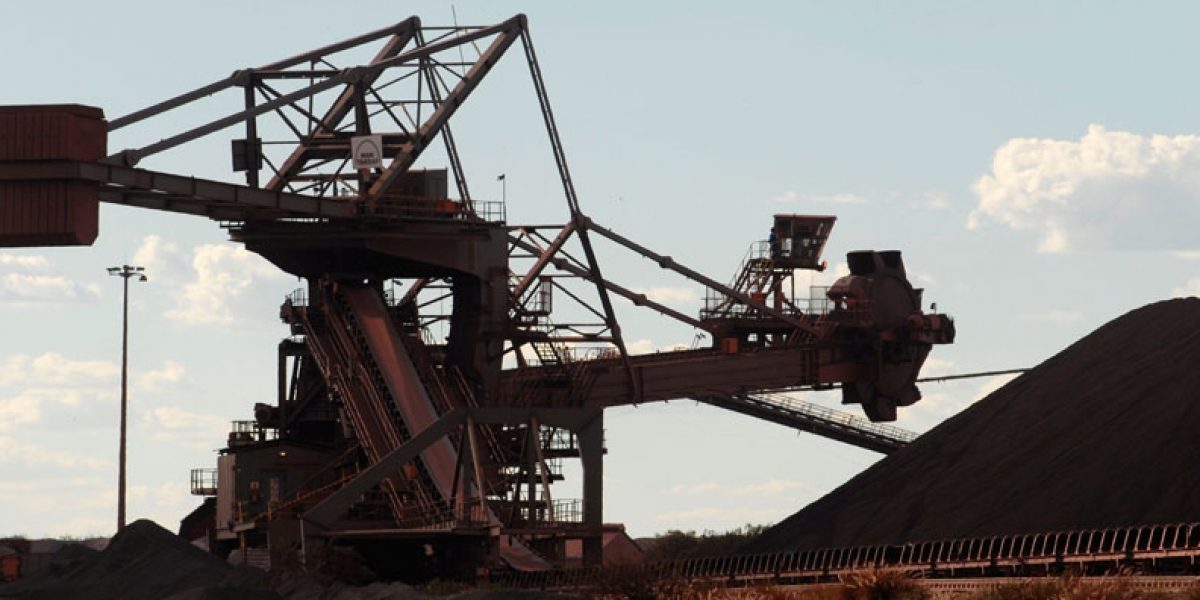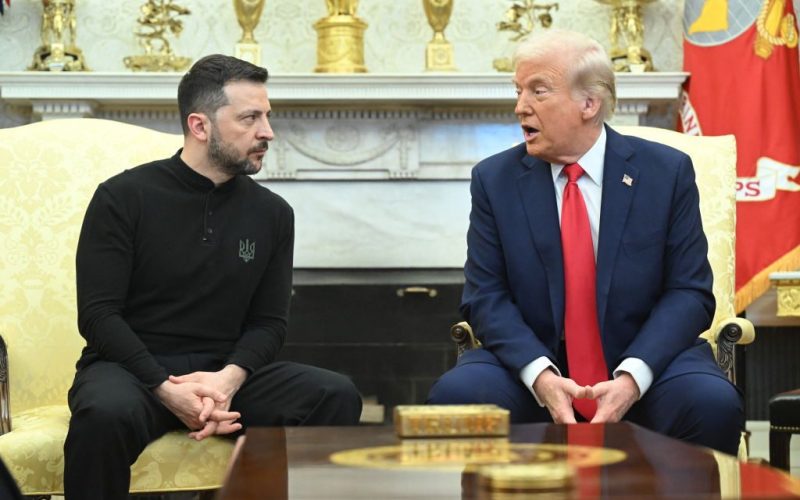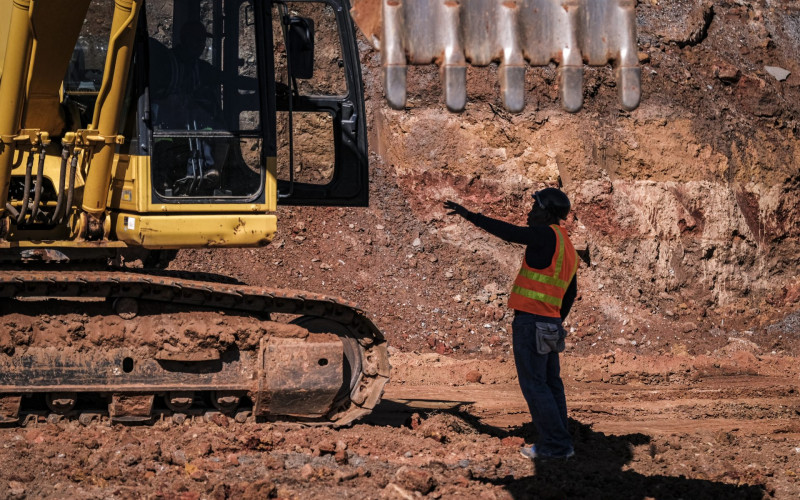If Dickens were observing South Africa’s mining sector, in the context of an economy that is growing at less than one percent a year, and a political landscape fractured by state capture and ratings downgrade threats, he may have started his famous novel with the line, ‘It was the worst of times’, and left it at that.
In the face of rising labour and electricity costs, combined with declining ore grades and low commodity prices, the industry is facing a difficult time. There is also the unpredictability sewn into the investment landscape through a lack of clarity on when new mining legislation will actually be passed, coupled with a newly gazetted Mining Charter that threatens to render past empowerment deals irrelevant for a company’s BEE status.
To add fuel to the fire, wage talks are due to begin soon. In the gold and coal sectors, a multi-year wage agreement is in place, so volatility should technically be avoided. In the other sectors, however, we should expect that wage negotiations will be fraught with difficulty. Why? In such a tough environment, should we not expect that labour will understand the dynamics and accept minimal wage changes? The short answer is no, and that is largely because the institutional arrangements governing industrial relations have remained effectively unchanged since 1995.
A new paper in The Extractive Industries and Society argues that labour relations in South Africa’s mining sector are best characterised as a prisoner’s dilemma. Each player’s dominant strategy lands them in a mutually destructive outcome. In other words, labour unions have a strong incentive to fight for unworkable wage increases for their shaft-level workers, and companies have as strong an incentive to resist those demands. Even though greater degrees of cooperation would yield mutually beneficial outcomes, neither player is sufficiently incentivised, under current conditions, to change strategies.
Prior to Marikana, the game was different. Because the National Union of Mineworkers (NUM) had a monopoly on union representation, wage negotiations were relatively smooth affairs; superficially, both workers and companies appeared to work things out in a way that satisfied all parties without resorting to violence. This illusion was shattered by violent strikes that broke out on the platinum belt in late 2011 and into early 2012, culminating in the Marikana tragedy of August 2012. It turns out that NUM bosses had grown intransigent to demands from shaft-level workers, and companies were making ‘side-payments’ to union bosses to keep negotiations smooth. In revolt against this insider clique, workers formed independent committees and organised wildcat (unprotected strikes). The Association of Mineworkers and Construction Union (AMCU) – a non-COSATU union – capitalised on the internal divisions within NUM, and attracted the majority of platinum sector workers away from NUM.
In the paper, this competition between unions is modelled as a chain-store paradox game in which a new entrant (AMCU) is trying to decide whether to enter the market dominated by a monopoly, and the incumbent is trying to decide whether to fight or accept the new entrant. In a once-off game, the monopolist allows access to the new entrant and avoids the cost of fighting. In a repeat-round game, however, the incumbent believes that the future streams of monopoly revenue are worth fighting for, and so resist the new entrant. NUM embarked on the fight because it is politically secure in the arms of COSATU, and retains the power to dictate institutional formation (how labour laws are made). The upshot is that NUM and AMCU have literally been fighting, violently, over a diminishing pool of available workers since Marikana.
Only 18 months after Marikana, 70,000 AMCU workers embarked on a five-month long strike in the first part of 2014. In the mining industry, the Chamber of Mines calculates that each mine worker supports, on average, around ten dependents. Against a backdrop of a national unemployment rate of roughly 40% (on a broad and more honest definition of unemployment than the one typically communicated), it is astonishing that workers would be willing to strike for that long, foregoing valuable income and costing the companies billions in revenue. It is also astonishing that the companies were willing to hold out for five months, unless the event served as a rationale for downsizing that they were looking for anyway. The Extractive Industries paper argues that this intense competition between NUM and AMCU explains the duration of the strike, resulting in a prisoner’s dilemma between mining firms and the incumbent labour union.
Under the Labour Relations Act (LRA) of 1995, the majority union on any given mine has sole organising rights, and it is effectively then the only party that enters into bargaining with the firm. Representation thresholds are too high for rival unions to attain. To be the majority union is a big prize to fight for. Neither NUM nor AMCU now have any incentive to change the status quo, and it suits them that the LRA (even in its 2013 amended form) does not require a secret ballot before deciding to embark on strike action. Under these conditions, however, it is rational for union bosses to encourage their members to go on strike (and allow intimidation of those who would have preferred not to). Each set of union elites must appear more militant and credible to its members than their rivals. This means that each union has to make incredible wage demands to avoid being seen to be weak, and risk losing valuable (scarce) members. Being reasonable in these conditions does not pay, even though perpetual strike action may precipitate industry decline and consequent job losses.
In concluding, the paper argues that ‘the game-theoretic framework helps to make sense of the empirical reality that the institutions governing labour relations in South Africa are producing some of the very dynamics they had sought to avoid when initially formulated… For as long as the LRA in its current (badly amended) form governs the labour landscape, game theory predicts continued destructive strike action. The significant welfare cost to the country is already being borne out…’ Mining industry contraction in South Africa is especially painful because of the extent to which almost every other sector is beholden to it, and because mineral exports earn the majority of the country’s foreign revenue.
Unless policymakers are willing to change labour legislation to allow for greater degrees of inclusion at the bargaining table, and to introduce secret balloting, firms and unions will continue to play aggressive strategies that result in mutually destructive outcomes. We should expect a tough wage negotiation season ahead. Unfortunately, this antagonism ‘always comes at greatest cost to the poor, as the wealthy have sufficient asset bases to endure the tough economic climate’. Those who can afford it least will suffer most.







